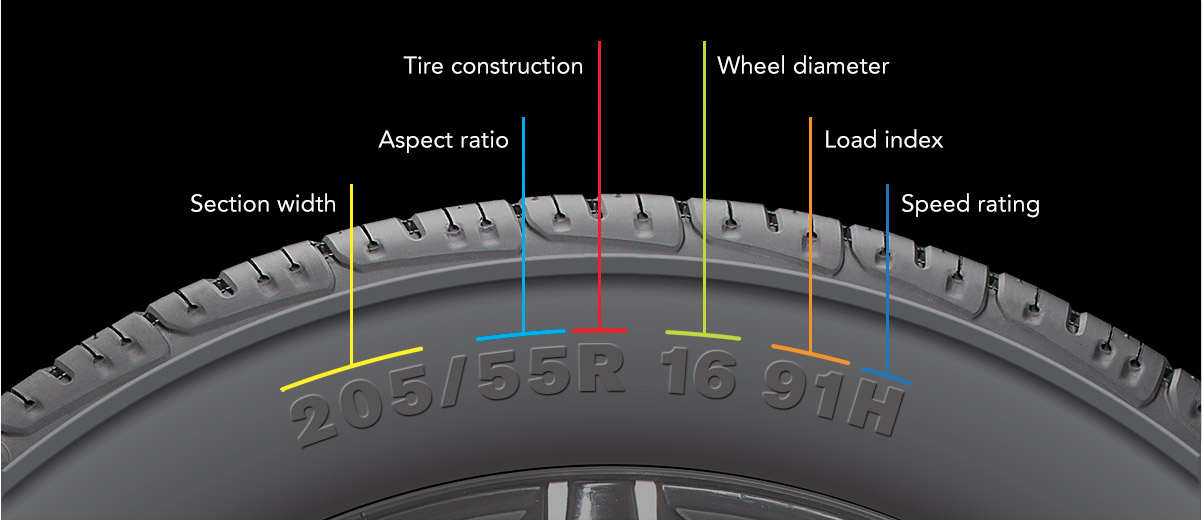The recommended tire pressure for a Toyota Rav4 is 32 pounds per square inch (PSI) for the front and back tires.
Keeping your tires properly inflated is essential for driving. Underinflated tires can lead to poor gas mileage, difficulty steering, and even tire blowouts. So knowing how much air to keep in your tires can save a lot of hassle and money!
Here to walk you through everything you need to know about your Toyota Rav4 tires is
Jerry
, the
car insurance
brokerage app. We’ll show you how to check your tire pressure, how to make sure you’re filling up your tires all the way, and even how to reset your tire pressure warning light. Plus, we’ve sprinkled in some tips for saving money on your
Rav4 car insurance costs
!
No long forms · No spam · No fees
Find insurance savings (100% Free)
4.7/5 Rating on App Store
What is the right tire pressure for a Toyota Rav4?
The recommended tire pressure for the Toyota Rav4 is 32 psi for the front and rear tires. You can always double-check this number by looking in your owner’s manual or finding the sticker on the inside of the door frame on the driver’s side that lists critical vehicle information.
Keep in mind, this is for standard Toyota Rav4 tires. If you modify your vehicle in any way so that you use larger or even high-performance tires, you may have to fill them to a different tire pressure. In this case, you’ll want to check with the tire manufacturer before you fill up your tires.
Tire pressure recommendations for other Toyota vehicles
How to check Toyota Rav4 tire pressure
Has it been a while since you checked your tire pressure and you’re not sure where to start? Depending on the model year of your Rav4, you might be able to check your tire pressure with the Tire Pressure Monitoring System, and it will alert you if your tires are underinflated.
However, you can also check your tire pressure manually. Just remove the valve stem cap on one of your tires, then push
a tire pressure gauge
onto the valve. Wait several seconds, then read your results. This should let you know the current psi of the tire so you know if you need to add air or not. Just repeat the process on your remaining tires.
You might also notice several signs from your vehicle if your tires are underinflated. If you’re having steering issues, or your gas mileage has decreased, your tires might be the culprit!
How often should you check tire pressure?
You’ll want to check your tire pressure once a month. It’s also a good idea to check your tire pressure before going on a long trip. Additionally, you’ll need to check it more often during the winter months as cold temperatures can cause your tires to lose air.
How to tell if your Toyota Rav4 needs new tires
On average, your Toyota Rav4 will need new tires every six years. However, this number can vary based on your driving habits. You’ll want to check your tires regularly for signs of wear and tire, like low tread depth or any cracks or bulges.
However, this number can vary based on your driving habits. You’ll want to check your tires regularly for signs of wear and tire, like low tread depth or any cracks or bulges.
If you don’t know how deep your tire treads should be, grab a US penny and stick it in the tire tread with Lincoln’s head pointing downward. If you can see the top of Lincoln’s head, your tread is too shallow.
Quotes from up to 50+ companies
No long forms
No phone calls
ZIP Code
ZIP Code
Find insurance savings (100% Free)
How to reset the Toyota Rav4 tire pressure monitoring system (TPMS) light
In most cases, if your tire pressure warning light comes on in your Toyota Rav4, filling your tires back to the correct tire pressure will get the light to turn off. However, if you’ve refilled your tires and the light is still on, you may need to
reset your TPMS
.
The first thing you can try is driving your Rav4 at 50 mph for at least ten minutes. Then when you turn your car off and turn it back on again, the tire pressure dashboard light should turn off.
If this doesn’t work, put your key in the ignition and turn it to the “On” position, but don’t start the vehicle. Hold the TPMS reset button (usually located under the steering wheel) until the tire pressure light blinks three times. Release the button and start the vehicle. Wait about twenty minutes for the sensors to refresh.
If your dashboard light is still on, your last option is to inflate all your tires to 3 psi over their recommended amount. Then deflate all of them completely. Once the tires are completely deflated, inflate them to the recommended tire pressure.
If none of these methods solve the issue, you might want to take your Rav4 to a mechanic or a Toyota dealership so they can diagnose the problem and get it resolved.
How to save on Toyota Rav4 insurance
Keeping your tires properly inflated can save you a lot of hassle and money down the road.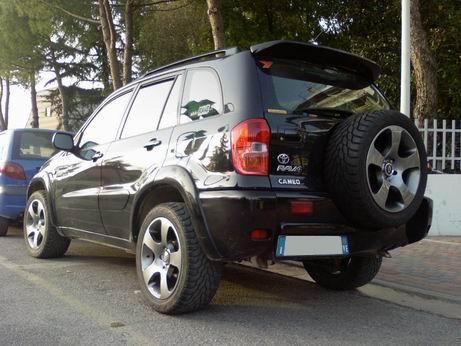 Properly inflated tires are less likely to cause steering issues, are more resistant to damage from potholes and harsh weather, and can even help maintain good fuel efficiency, all of which means your Toyota Rav4 and your wallet stay happy.
Properly inflated tires are less likely to cause steering issues, are more resistant to damage from potholes and harsh weather, and can even help maintain good fuel efficiency, all of which means your Toyota Rav4 and your wallet stay happy.
Another way to save money on your Rav4 is to trade in your high
car insurance
costs for more affordable premiums with
Jerry
. In under a minute, the
trusted broker app
can track down quotes from top companies for the coverage you need, so you can compare rates and find the best deals on premiums. And once you’re ready to switch, Jerry will handle all the paperwork and phone calls to get your new policy set up.
“I was tired of looking around multiple websites, so I decided to give
Jerry
a try.
Let me tell you—the process is so easy and simple, and they really find you the best prices for your coverage level. Getting insurance for my new car was quick and easy!” —Joanna D.
RECOMMENDED
Judith switched to Progressive
Saved $
725
annually
Alexander switched to Travelers
Saved $
834
annually
Annie switched to Nationwide
Saved $
668
annually
We’ve talked about the 2018 Toyota RAV4 a lot lately – answering questions about cargo and passenger space, looking at its ground clearance and bringing more awareness to the newest model year of America’s favorite compact crossover SUV! Suffice it to say, we love the 2018 Toyota RAV4.
Our customers and clients do also – with Toyota reliability, advanced features and a range of model choices (including an off-road ready Adventure model) what’s not to love?
Like any vehicle, the 2018 Toyota RAV4 functions best when everything is where it should be. One of the big things that can become a sneaky problem for drivers is an under-inflated tire. This problem leads to a rougher drive than owners may be expecting from a vehicle that has one of the best-in-class rides.
Additionally, an under-inflated tire can lead to problems down the road like a puncture, or even a blowout at highway speeds which is incredibly dangerous. For this reason, Toyota includes their Tire Pressure Monitoring System (TPMS) on every model 2018 Toyota RAV4 produced. This system monitors tire pressure for unsafe levels and alerts you if it gets too low.
If you’re filling up your own tires, however, you may be wondering…
With two standard tire options (based on trim level), the 2018 Toyota RAV4 has two different ratings:
Although your 2018 Toyota RAV4 will alert you if tire pressure dips beyond an acceptable threshold, it’s a good idea to monitor it regularly with a tire pressure gauge.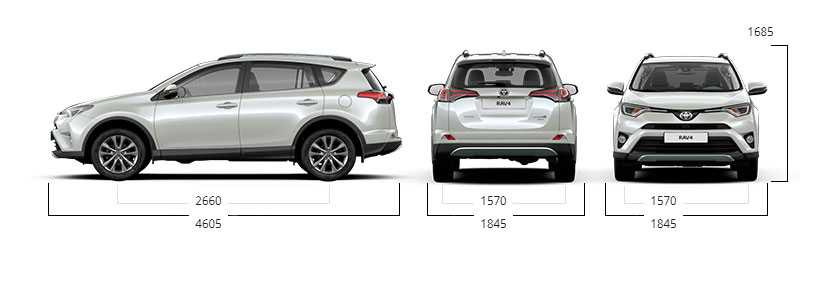
Tire rotation helps preserve even wear, which decreases the chance and severity of lost traction in the winter. Although the 2018 Toyota RAV4 has an available all-wheel drive configuration, many drivers prefer the more efficient front-wheel drive system.
Often, a tire rotation can be done during an oil change, the process doesn’t take long.
When it comes to frequency, tires should be rotated every two oil changes, or every 5,000 – 6,000 miles. If your 2018 Toyota RAV4 model includes AWD that number should be decreased to every 2,000 miles.
[READ MORE: How to Check for Tire Wear]
At Lexington Toyota, our service center is able to get your tires rotated quickly, and during other scheduled services (like an oil change). You can visit our service center by clicking here. Or if you’re looking to schedule tire service, you can do so directly by clicking here.
If you have other questions about the 2018 Toyota RAV4, or other Toyota vehicles, we’d love to help! Contact us today!
The 2020 model year RAV 4 tire pressure rating depends on the tire size and vehicle weight.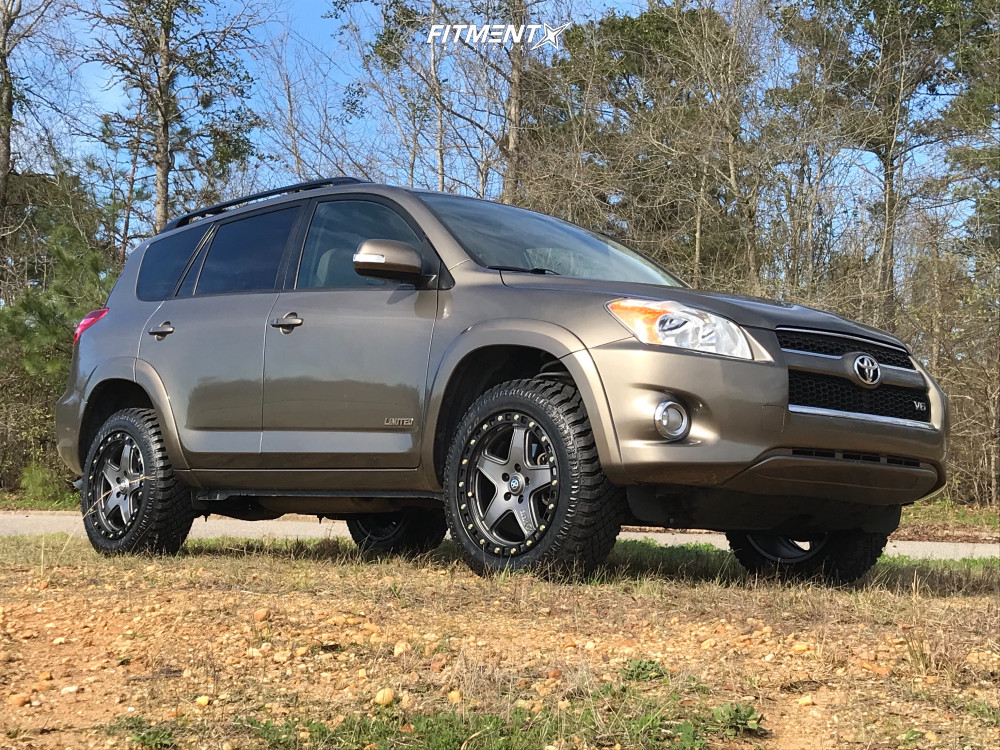 Violation of the manufacturer's requirements leads to poor handling and rapid wear of rubber or suspension parts.
Violation of the manufacturer's requirements leads to poor handling and rapid wear of rubber or suspension parts.
The presence of an electronic control system simplifies the test procedure, the driver needs to inflate the wheels in a timely manner or bleed excess air.
Contents of the article:
Cars are delivered to customers with tires designed for summer operation. The tread pattern allows you to move on dirt roads and light off-road, it is difficult to overcome deep mud on a standard RAV4 crossover.
Vehicles are designed to fit 17" to 19" rims, 20" wheels are available in the US market with reduced profile tires.
In the trunk there is a spare tire with a reduced width tire (“stowaway”), designed for driving at speeds up to 80 km/h.
Available for Russian customers:
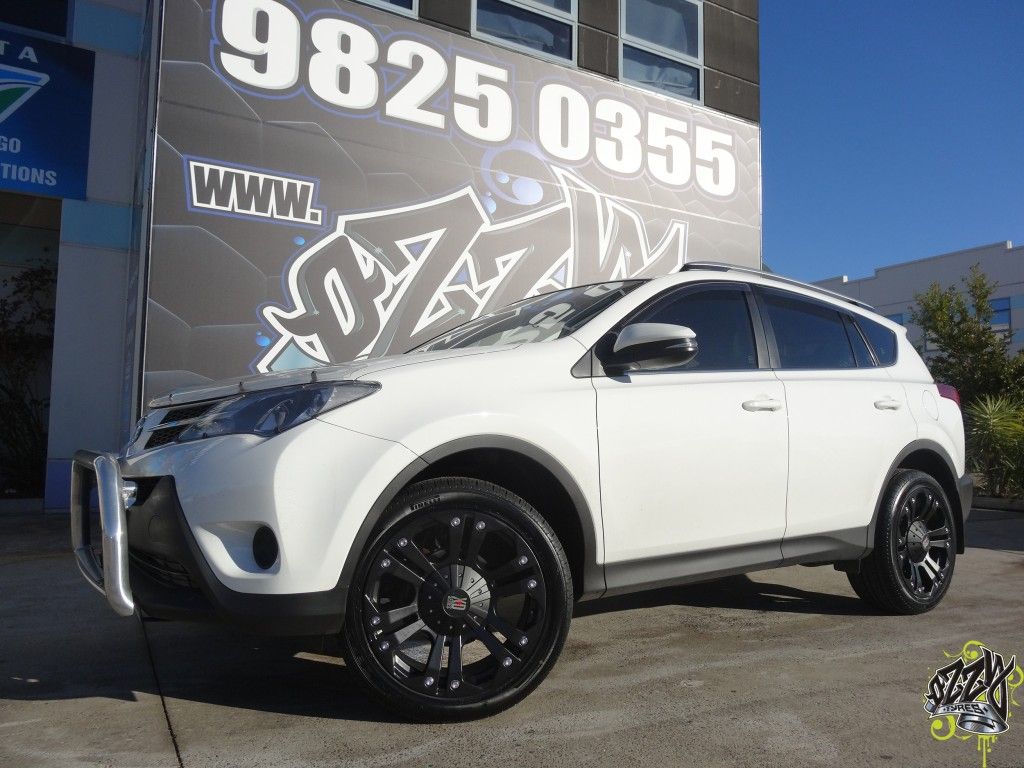
Information on tire pressure is given in the instruction manual. Additionally, there is a sticker located on the center pillar in the driver's door opening.
The label shows the recommended pressure values depending on the size of the tires and the load in the interior and trunk of the SUV. When operating a vehicle with a trailer, inflate the tires by 0.2 kgf/cm² and do not exceed a speed of 100 km/h.
Air leakage leads to:

Tire companies are official suppliers to conveyors and also offer replacement tires.
225/65R17 102H, 225/60R18 100H and 235/55R19 101V tires were offered for 2020 SUVs. The pressure recommended by the factory is 2.3 kgf / cm² and does not depend on the load and dimensions of the tire.
When driving with a trailer, inflate the tires by 0.2 kgf/cm² (driving speed up to 100 km/h). For the basic version with discs with a diameter of 17″, a T165 / 80D17 104M spare was used.
On other modifications, there was a standard T165/90D18 107M wheel in the trunk. Both spare wheel options are designed for a working pressure of 4.2 kgf / cm².
Recommended pressures for 2021 RAV4 crossovers are shown in the table. Cars for the Russian market are equipped with a small-sized spare wheel. For other sales regions, an emergency tire repair kit and an electric compressor are available.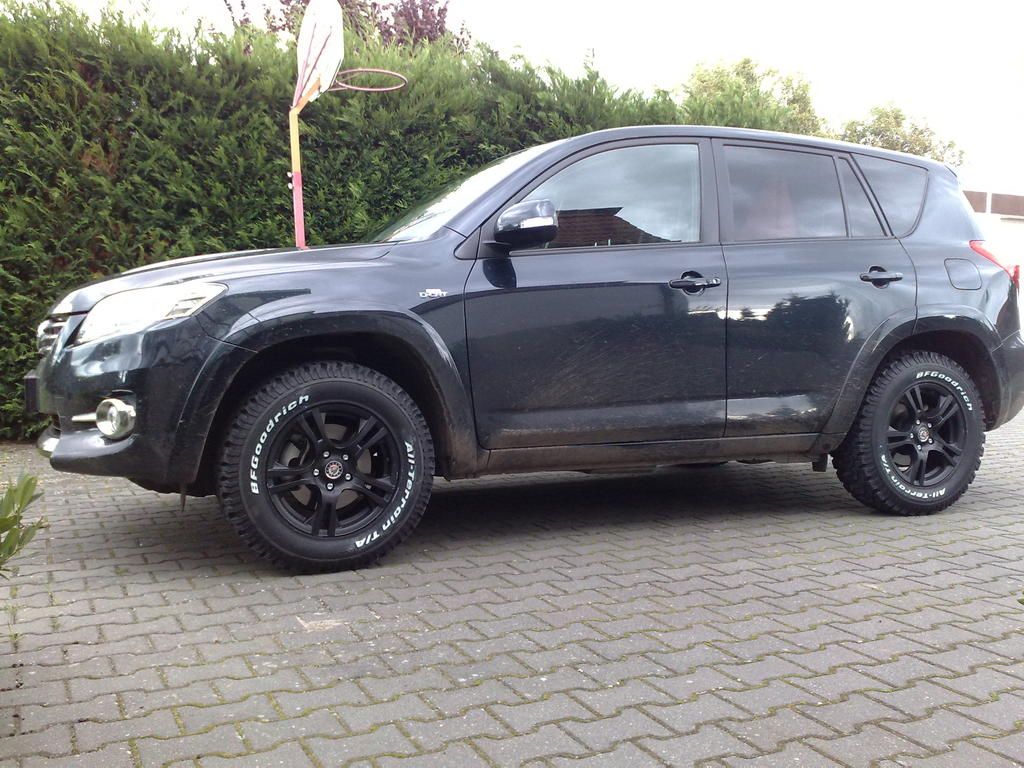
| Dimension | Pressure in the front slopes, kgf/cm² | Pressure in the rear slopes, kgf/cm² | ||||||||
| 225/65r17 102h | 2.3 | 2.3 | 2.3 | |||||||
| 235/55R19 101V | 2.3 | |||||||||
| T165/80D17 104M | 4.2 | 4.2 | 4.2 | 4.2 | 4.2 | 4.2 | 4.2 | 4.2 | 4.2 | 4.2 |
| T165/90D18 107M | 4.2 | 4.2 |
Some vehicles are equipped with an automatic pressure monitoring system with a control indicator in the instrument cluster (only available with a 7″ display).
SensorTPWS Direct sensors are used to detect air leaks, transmitting information via RF channel and do not require charging or replacing batteries.
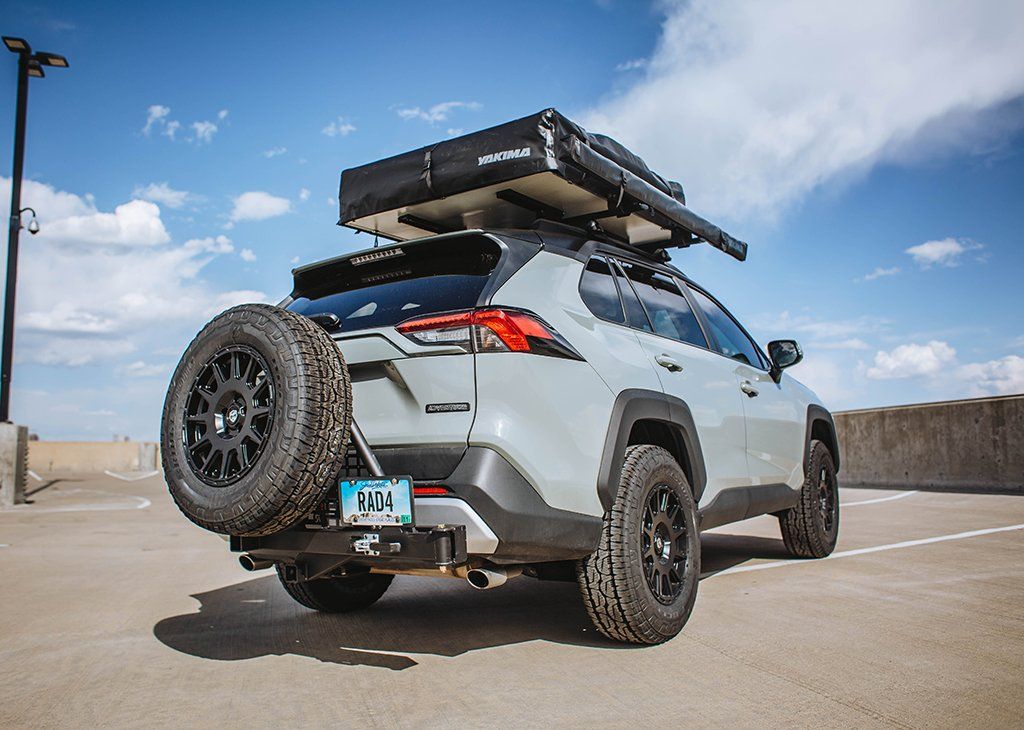
When the air escapes, the electronics detects the discrepancy and turns on the control indicator in a flashing mode, after 60 seconds of movement the lamp goes out.
After replacing or rearranging tires, the owner must initialize the system:
 The control lamp should blink 3 times, confirming the entry of data into memory. During further operation, the system will focus on the programmed pressure.
The control lamp should blink 3 times, confirming the entry of data into memory. During further operation, the system will focus on the programmed pressure. The owner can upgrade the car by installing RF sensors on the nipples. The signal is picked up by the control unit located in the machine.
Tire pressure information is displayed on the display, an audible alarm is provided for air leakage. The manufacturer does not install such a system at the factory, but many competitors offer a similar option (for example, the indication is present on the second generation Volkswagen Tiguan).
To measure tire pressure, you will need a pressure gauge with a special nozzle that mates with a nipple. Classical products are equipped with an analog analog device, there are meters with a liquid crystal display and mechanical indicators.
All devices are designed for year-round operation, the measurement error depends on the manufacturer and is in the range of 0. 1 ... 0.2 kgf / cm². You can determine the pressure at tire inflation stations located at large network gas stations.
1 ... 0.2 kgf / cm². You can determine the pressure at tire inflation stations located at large network gas stations.
The test is carried out on cold wheels, the car must stand still for at least 3 hours. It is allowed to check after a trip for a distance of not more than 1.5 km (a short distance does not allow the tires to warm up).
When testing the pressure immediately after a long drive around the city or highway, the pressure gauge will show too high pressure. It is not necessary to bleed the air, because after cooling the parameter will return to normal.
Brief description of the verification algorithm:
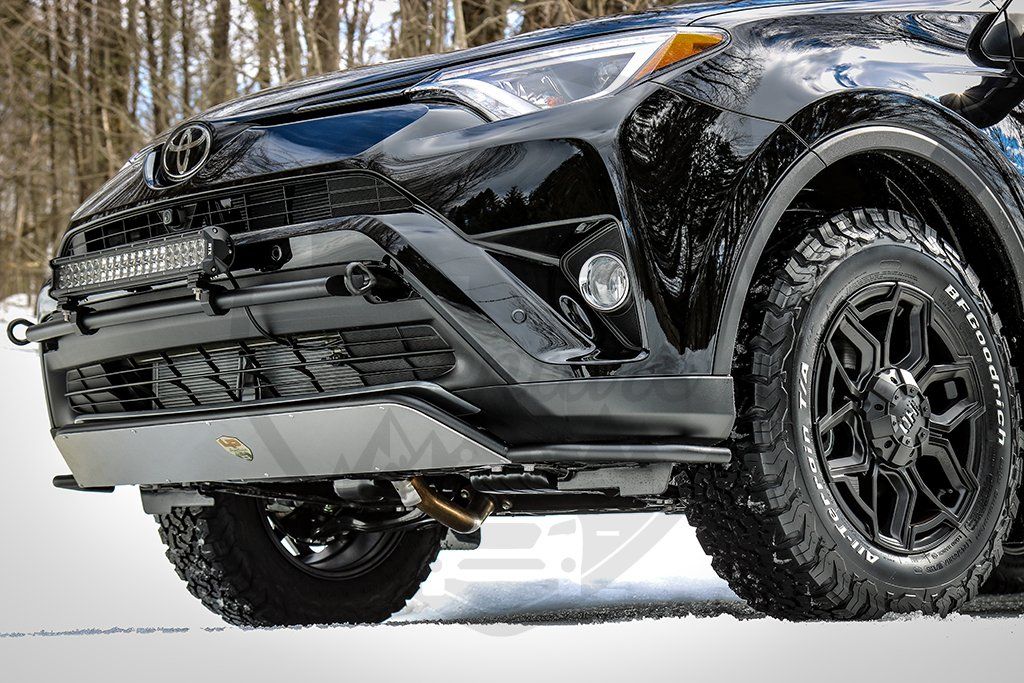
The manufacturer recommends checking the tire pressure at least once every 2 weeks (regardless of the conditions and intensity of vehicle use).
Regular testing allows early detection of air leakage and elimination of the cause. At the same time, it is recommended to inspect the tread, on which traces of uneven wear are not allowed. Treadmill damage indicates improper wheel alignment or damaged suspension arms.
Tires are replaced when deep damage is found that exposes the cord. It is not allowed to use tires with a tread worn to the indicator bar.
It is not allowed to use tires with a tread worn to the indicator bar.
Some owners are forced to install new tires after punctures that cannot be repaired with standard methods. Toyota does not recommend using a set of tires for more than 6 years (regardless of mileage), as the rubber loses its elasticity.
For winter tires, the admissible tread depth is 4 mm, with further wear, braking efficiency decreases.
It is not allowed to use rubber from different manufacturers on the car, as well as tires that differ in size or tread pattern.
Do not use ramps with different ornamental heights on the treadmill. Simultaneous installation of tires with different designs (for example, diagonal and radial) or designed for different operating conditions is prohibited. Due to differences in the characteristics of rubber, the stability of acceleration and deceleration is disturbed, which can lead to accidents.
For any time of the year, the pressure indicators of the tires used will be the same, the presence / absence of winter tires is more important. The pressure should be adjusted on cold tires in a used environment, not in a warm garage. It is important to understand that with a sharp change in temperature, tire pressure can change by 0.2–0.4 bar.
When driving off-road, you need to lower the pressure in the tires used by 0.2–0.3 atmospheres from that specified for Toyota Rav4, then the wheels will act as caterpillars, which will increase the cross-country ability of the SUV.
When driving on a wet road, there is a problem of incorrect distribution of forces at the point where the tire contacts the water. In such situations, it is necessary to carefully monitor the stability of the pressure in the wheels.
In such situations, it is necessary to carefully monitor the stability of the pressure in the wheels.
Do not intentionally depressurize or inflate a tire. Due to the reduced pressure, the tires will have less contact in the central part of the tread. If the wheels are overinflated, then weak contact will be present in the shoulder areas, which also greatly reduces the resistance to aquaplaning.

Tire pressure sensors are a control system that provides the driver with a timely view of various changes that occur in the tire cavity and immediately correct the condition. They have a beneficial effect on the comfort of travel, control over the vehicle, its stability, safety.
42607-30071 or 42607-02031 - a pressure sensor that is installed on Toyota RAV 4, also Fortuner, the former brands of Land Cruiser Prado, Land00 Cruiser 2 are manually tied to The vehicle’s electronic control unit is connected via the ATS, the numbers of original or non-original devices are set.
From the measuring mechanism, the air pressure information is reflected on the instrument panel located in the car by means of a signal, where they are shown in numbers. The main sign of deviations from normal parameters is the presence on the computer of a special sign and a sound alert.
The lack of control over informing the TPMS system, the installation of fake devices, at the discretion of the motorist, making changes negatively affects the potential of the system, which plays a paramount role in the safe, reliable operation of the car. It is good if problems arise for the car owner to contact a highly specialized center.
It is good if problems arise for the car owner to contact a highly specialized center.
Non-original sensors from world-famous well-known manufacturers are not inferior to the original in terms of technical characteristics. The ALLTPMS.RU company is confident in the quality of the spare parts sold, therefore it provides a guarantee of 1 year for analogues of measuring instruments.
If a puncture occurs, a tire hole, there is a loss of air pressure. The control lamp lights up red, an audible signal is heard. The driver must immediately reduce the speed, preferably to a complete stop of the vehicle. At the same time, it is necessary for him to avoid energetic jerks by the steering wheel, sudden braking, then a punctured wheel needs to be replaced.
ALLTPMS.RU - originals, analogues of air pressure devices in Toyota Rav 4 tires at the best price, as the company is an official representative of the factories that manufacture these products.